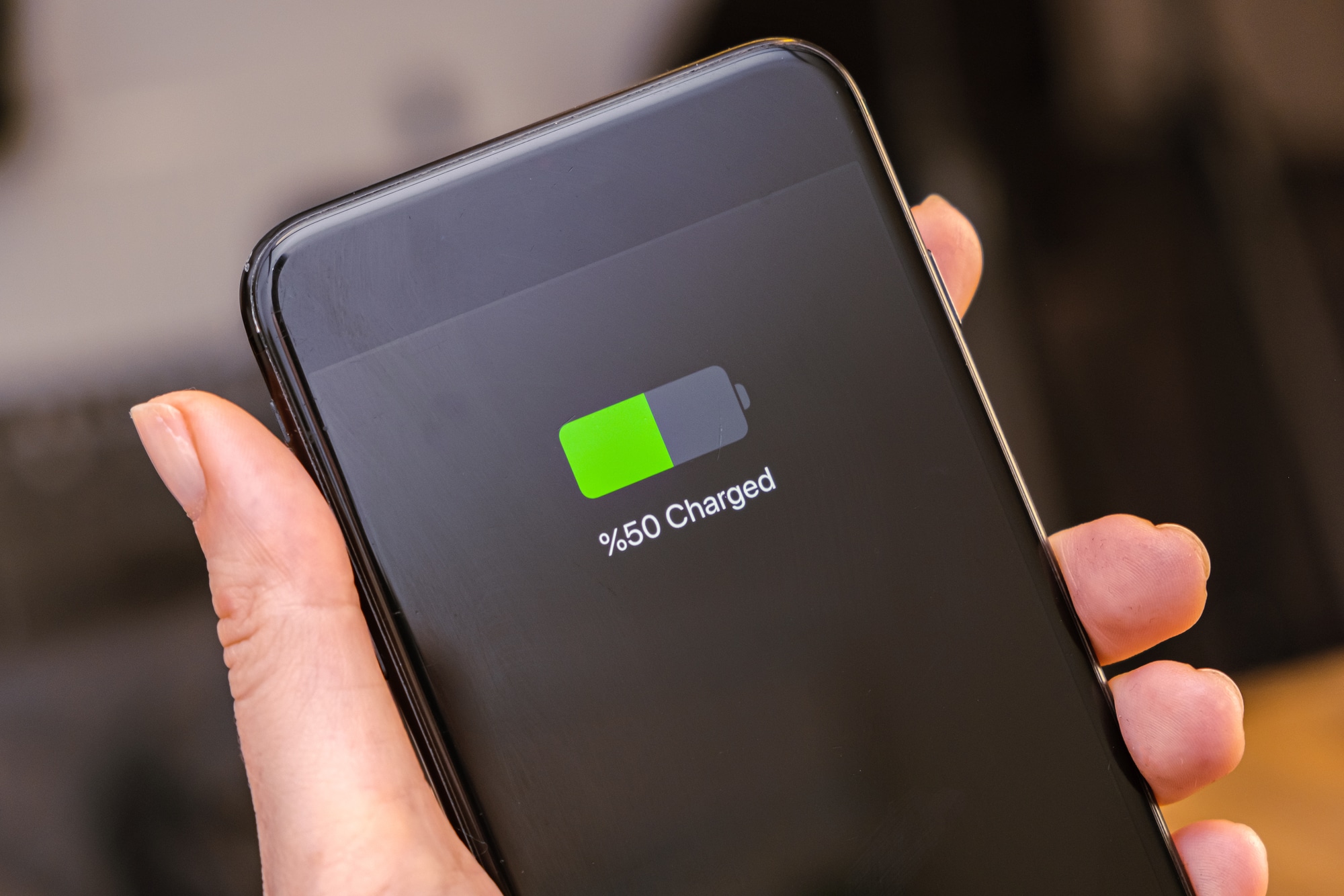What’s the Best Way to Charge an Electric Vehicle at Home for Maximum Efficiency?

As we venture into the era of electric vehicles (EVs), the question of efficiently charging them at home becomes increasingly more relevant. The days when we have to rely on gasoline stations are gradually fading as electric vehicles take over the roads. But with the rise of electric vehicles, we now have to manage something else – the charging process. As potential or current electric vehicle owners, you might wonder, what’s the best way to charge an electric vehicle at home for maximum efficiency?
Understanding the Basics of Charging an Electric Vehicle
Before we delve into the specifics of home charging, let’s first understand some basics about electric vehicle charging. Electric vehicles run on rechargeable batteries which store electricity. The energy stored in these batteries powers the motor, which, in turn, propels the car.
Also to see : How to Ensure the Proper Installation of a Performance Radiator in a Nissan GTR?
Charging an electric vehicle involves transferring electrical energy from a power source, typically the electric grid, into the vehicle’s battery. There are different types of chargers, varying in their charging speed and mechanism.
Level of Chargers
The speed of charging depends on the level of the charger and the electric vehicle’s capability. There are three primary levels of chargers – Level 1, Level 2, and DC fast chargers.
Additional reading : Can Upgrading the Intercooler on a VW Golf R Enhance Turbo Engine Performance?
Level 1 chargers plug into a standard 120-volt AC wall outlet and are typically supplied with the purchase of an electric vehicle. These chargers are convenient as they can be used in virtually any home, but they charge slowly, providing about 2-5 miles of range per hour.
Level 2 chargers require a 240-volt AC source, similar to the electricity supply for large home appliances like a clothes dryer. They charge significantly faster than Level 1 chargers, offering 10-60 miles of range per hour, depending on the electric vehicle and charger’s capacity.
DC fast chargers or Level 3 chargers are the fastest, but they are expensive and require specialized equipment, making them less common for home use. They can deliver 60-100 miles of range in just 20 minutes.
Charging Electric Vehicles at Home
For most electric vehicle owners, home is the primary charging station. It’s convenient; you can just plug in your car overnight and wake up to a fully charged battery. But, what’s the best way to do it for maximum efficiency?
Selecting the Right Charger
Most electric vehicles come with a Level 1 charger, which is fine if you’re only driving short distances daily or have a hybrid vehicle with a backup gas engine. However, if you have a long commute or want to take advantage of the full electric range of your EV, a Level 2 charger would be ideal. The upfront cost may be higher, but it will be offset by the convenience and time saved.
Optimal Charging Time
One way to charge your car efficiently is to do it during off-peak electricity hours. Most electricity companies have cheaper rates during off-peak times (usually at night), so you can save on your electricity bill. Plus, charging your car when overall grid demand is low reduces strain on the electrical system, promoting energy efficiency.
Making Use of Renewable Energy
Solar power is an excellent source of renewable energy, and using it to charge your electric vehicle can significantly improve your charging efficiency.
Solar Power Charging
If you have a solar panel system at home, you can use it to charge your electric vehicle during the day when the system is producing electricity. This can essentially fuel your vehicle with zero-emission, renewable energy, reducing your carbon footprint.
Tesla Powerwall
Tesla has introduced the Powerwall, a home energy storage system that can store solar energy for use at any time. This way, even if you charge your vehicle at night, you’re still using solar power, making your charging process more efficient and sustainable.
Smart Charging for Maximum Efficiency
Technology also plays a role in optimizing the EV charging process. Many electric vehicle service providers now offer smart charging solutions, which offer benefits for both the user and the grid.
Intelligent Charging Systems
Smart chargers can adjust the charging rate based on real-time grid conditions, which can maximize efficiency and minimize costs. Some can even learn your driving patterns and schedule charging sessions when the cost is lowest.
By understanding the basics of electric vehicle charging and leveraging the right technology, you can make your charging process at home more efficient and cost-effective. Keep in mind that every electric vehicle and home setup is unique, so it’s essential to find the solution that works best for you. From selecting the right charger to making use of renewable energy, there are plenty of ways to optimize the home charging experience for your electric vehicle.
The Role of Home Installations in Electric Vehicle Charging
One vital aspect of charging an electric vehicle at home is the necessary installations. To enable efficient charging, homeowners may need to make some upgrades or installations in their homes.
Installing a Level 2 Charger
While a Level 1 charger can be simply plugged into a standard wall outlet, a Level 2 charger requires a dedicated 240-volt circuit. This is similar to the circuit used by large home appliances like electric stoves or clothes dryers. You might already have a 240-volt outlet in your garage or driveway, but if not, you will need to have one installed by a qualified electrician.
Installing a Level 2 charger at home drastically reduces the charging time for your electric vehicle compared to a Level 1 charger. It provides a charge rate of about 10 to 60 miles of range per hour, allowing you to fully charge your vehicle overnight.
Home Charging Stations
Apart from the charger itself, you might also consider installing a home charging station. A home charging station is a device that houses the electric vehicle charger and regulates the charge to the electric vehicle. It is typically wall-mounted and can either be installed inside a garage or outside the house.
Having a dedicated charging station at home provides a safe and convenient place to charge your electric vehicle. It can be equipped with safety features like circuit protection and can also include smart functions like remote monitoring and control.
Conclusion
The popularity of electric vehicles is on the rise, and with it comes the need for efficient home charging solutions. Charging an electric vehicle at home involves understanding the basics of electric vehicle charging, selecting the right charger, optimizing the charging time, and possibly installing a Level 2 charger or a home charging station.
Utilizing renewable energy sources like solar panels can also significantly improve charging efficiency and sustainability. Furthermore, advancements in technology like smart chargers and home energy storage systems offer potential for even greater efficiency and convenience.
However, keep in mind that every electric vehicle and home setup is unique. It’s essential to find the charging solution that best suits your specific needs and circumstances. Whether it’s a Level 1 or Level 2 charger, a home charging station, or a solar system, you have various options to optimize your home charging experience and get the most out of your electric vehicle.
In a world increasingly conscious about environmental sustainability, getting an electric vehicle is just the first step. The next and equally important step is figuring out the best way to charge it at home for maximum efficiency. By doing so, you not only save on energy costs but also contribute to a more sustainable future.
